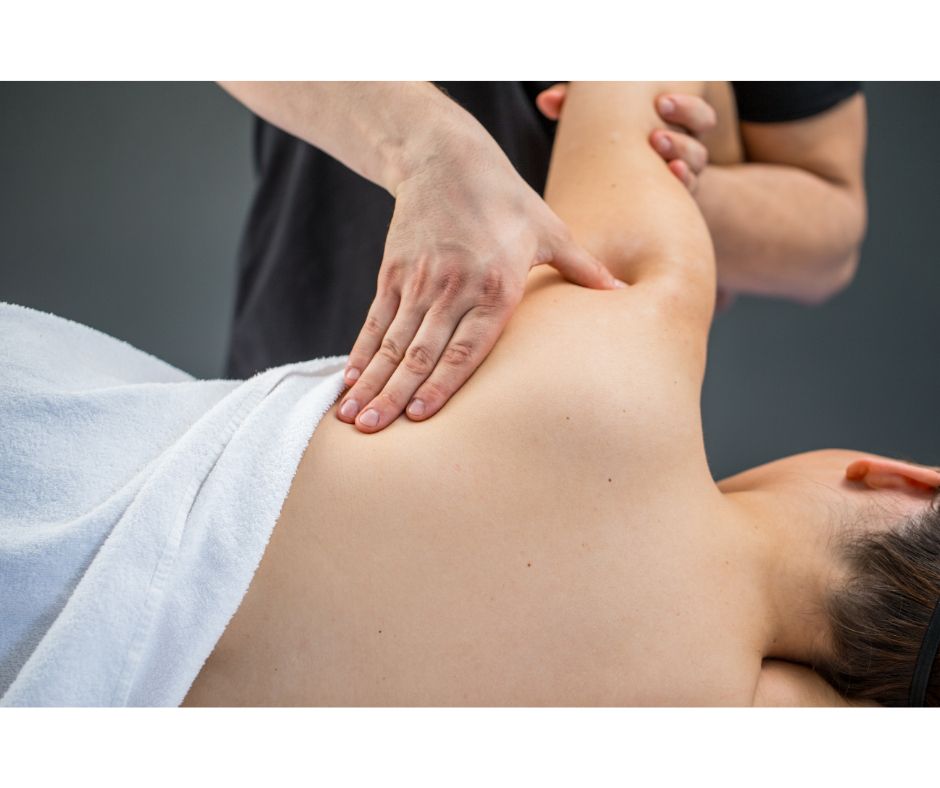Myofascial Release vs. Other Therapies: What Sets It Apart?
Is Myofascial Release Therapy Right For You?

Myofascial Release vs. Other Therapies: What Sets It Apart?
When it comes to holistic approaches to healing and wellness, there is no shortage of therapies and techniques available. Among these, myofascial release therapy stands out for its unique approach and remarkable benefits. In this article, we'll delve into the world of myofascial release and explore how it compares to other forms of bodywork and therapies.
Understanding Myofascial Release Therapy
Before we delve into the comparisons, let's understand what myofascial release therapy entails. Fascia, a complex web of connective tissue that surrounds muscles, bones, and organs, plays a pivotal role in our body's structural integrity and movement. Myofascial release therapy focuses on releasing tension and restrictions within the fascia to alleviate pain, improve flexibility, and enhance overall well-being.
A Comparative Analysis:
Myofascial Release vs. Massage Therapy
While massage therapy offers relaxation and relief through manipulation of soft tissues, myofascial release therapy digs deeper into the fascial layers. Unlike traditional massage, which often targets muscles, myofascial release aims to release fascial restrictions that can lead to chronic pain and limited mobility. The slow and sustained pressure applied during myofascial release encourages the fascia to relax and realign, promoting lasting relief.
Myofascial Release vs. Physical Therapy
Physical therapy typically focuses on exercises and movements to restore function and alleviate pain. Myofascial release therapy, on the other hand, complements physical therapy by addressing the fascial component of pain and dysfunction. It helps to improve tissue mobility, increase joint range of motion, and facilitate better outcomes in conjunction with other rehabilitation techniques.
Myofascial Release vs. Chiropractic Care
Chiropractic care often centers around spinal adjustments to alleviate pain and promote nervous system health. Myofascial release therapy, while not exclusive to the spine, recognizes the interconnectedness of the entire body through the fascial network. By targeting fascial restrictions, it can complement chiropractic adjustments and enhance their effectiveness.
Myofascial Release vs. Acupuncture
Acupuncture involves inserting thin needles into specific points to balance the body's energy flow. Myofascial release therapy, in contrast, is more hands-on and direct. It physically manipulates fascial restrictions to create a more flexible and harmonious environment within the body. These two therapies can work well together, as improved fascial mobility may enhance the effects of acupuncture.
Myofascial Release vs. Yoga and Stretching
Yoga and stretching emphasize flexibility and relaxation, but myofascial release therapy takes flexibility a step further by targeting specific fascial restrictions. While yoga and stretching routines may indirectly impact fascia, myofascial release directly addresses the intricate fascial network, making it a powerful addition to one's wellness routine.
The Unique Benefits of Myofascial Release Therapy
- Targeted Approach: Myofascial release therapy's precise targeting of fascial restrictions makes it effective for addressing chronic pain, mobility issues, and postural imbalances.
- Sustainable Relief: Unlike temporary solutions, myofascial release aims to provide lasting relief by addressing the root cause of discomfort.
- Holistic Healing: By promoting optimal fascial health, myofascial release therapy contributes to overall physical and mental well-being.
- Individualized Care: Practitioners tailor myofascial release sessions to each person's unique needs, ensuring a personalized healing experience.
- Complementary Potential: Myofascial release therapy can complement other therapies, enhancing their effectiveness and improving overall results.
Embracing the Power of Myofascial Release
As we compare myofascial release therapy to other forms of bodywork and therapies, its uniqueness becomes evident. By directly addressing fascial restrictions and promoting long-lasting relief, myofascial release therapy offers a holistic and effective approach to healing.
Whether you're seeking relief from chronic pain, improved mobility, or a renewed sense of well-being, consider exploring the transformative benefits of myofascial release therapy. Consult with a trained practitioner to embark on a journey toward greater comfort, vitality, and freedom of movement.
Remember, while each therapy has its strengths, myofascial release stands out for its deep and targeted impact on the intricate fascial network that supports your body's every move.
Omaha Chiropractors and Acupuncture










